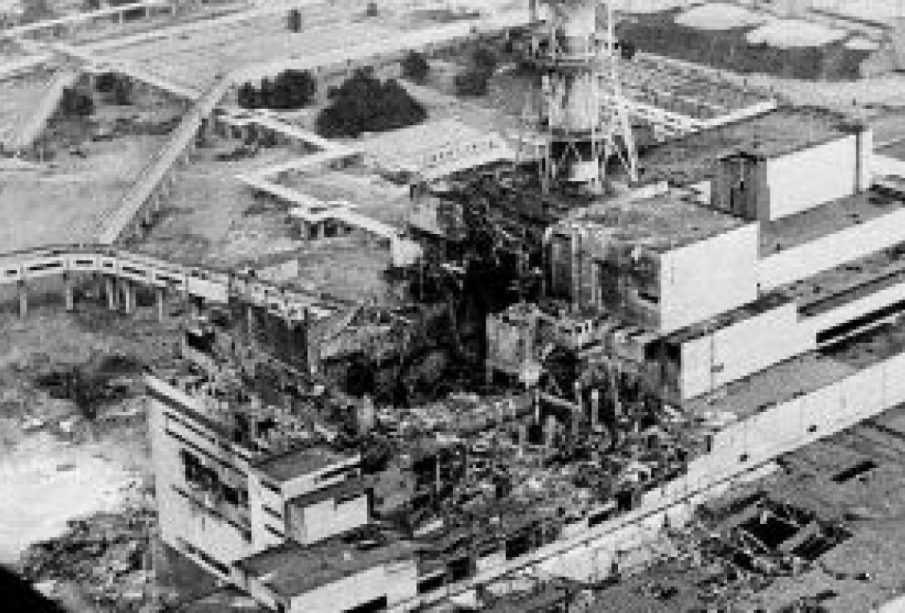Understanding the Chernobyl Nuclear Plant Disaster

Introduction
The Chernobyl Nuclear Plant, located in Ukraine, is notorious for the catastrophic nuclear accident that occurred on April 26, 1986. This disaster marked one of the most significant nuclear accidents in history, raising global awareness about nuclear safety and its implications. Over recent years, Chernobyl has remained a pivotal point of discussion, especially regarding nuclear energy policies, environmental recovery, and the health conditions of workers and nearby residents.
The Chernobyl Disaster
The Chernobyl disaster was triggered during a late-night safety test that went horribly wrong, resulting in a reactor explosion that released massive amounts of radioactive particles into the atmosphere. Approximately 31 people died within days or weeks of the explosion due to acute radiation sickness, while thousands of others suffered long-term health consequences, including increased cancer rates. Following the incident, the surrounding area was evacuated, leading to the creation of a 30-kilometer exclusion zone that remains in place today.
Current Developments
Despite the disaster’s historical significance, recent developments have brought attention back to the site. In 2022, the Chernobyl plant was briefly under occupation during the early stages of the Russia-Ukraine conflict, raising concerns about the potential for further radioactive contamination. Fortunately, the facility has since been returned to Ukrainian control, with steps being taken to ensure its security and prevent any incidents that could endanger public safety.
Environmental Recovery Efforts
Environmental scientists and organizations continue to study the Chernobyl region to understand radiation’s long-term effects on wildlife and ecosystems. Surprisingly, the area has seen a resurgence of various species, with flora and fauna thriving in a post-human environment. This phenomenon has led to discussions on how nature recovers from such disasters, even as contamination remains a significant concern for human safety.
Conclusion
The legacy of the Chernobyl Nuclear Plant extends beyond the immediate disaster, influencing global nuclear policies and prompting ongoing research into radiation’s effects on health and the environment. As the world continues to navigate the complexities of nuclear energy production, the lessons learned from Chernobyl become increasingly relevant. Future endeavors to manage and rehabilitate the site will not only serve as a testament to the resilience of nature but also highlight the importance of strict safety protocols to prevent such tragedies from occurring again.





